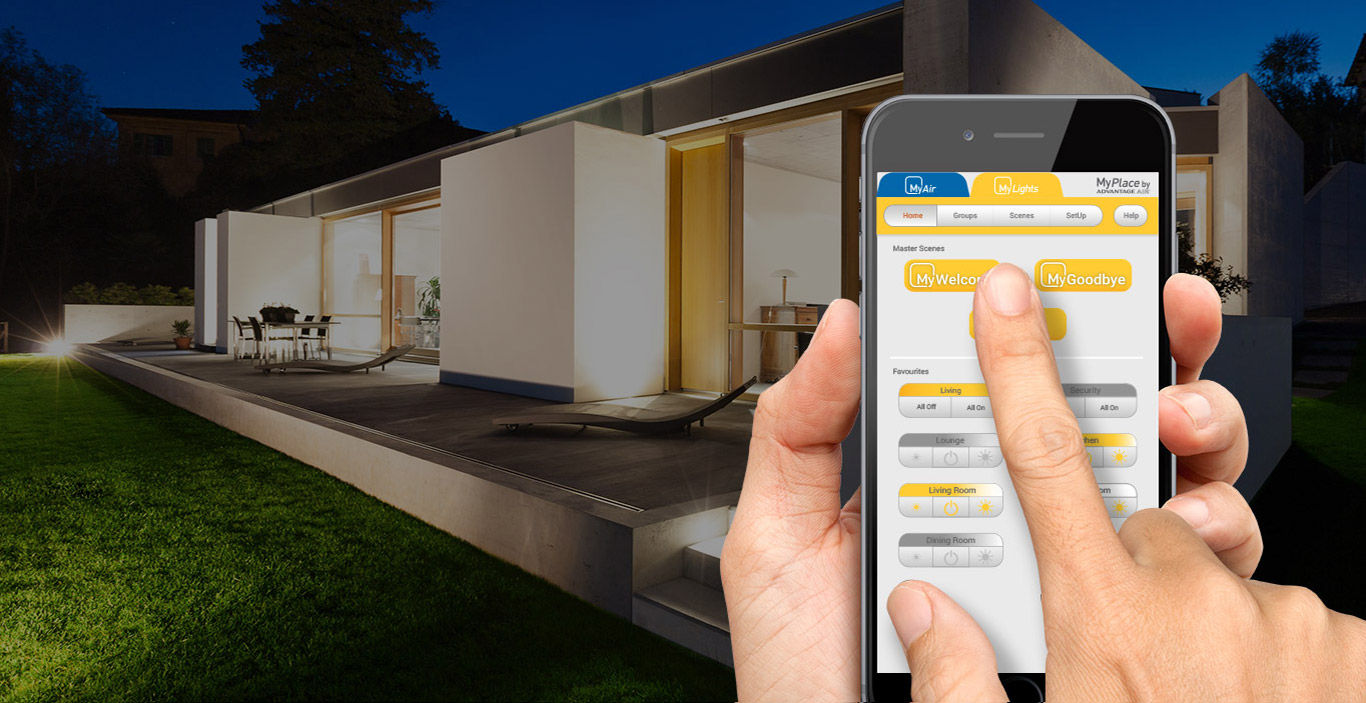What Really is a Smart Home?

OK, so there’s all this talk about smart homes. It’s the internet of things, the explosion in the connected home, manufacturers pledging to make most or all of their products “smart” within the next year or two. Now it looks like driverless cars are only a few years away – which is amazing and shows how fast things are moving – but not strictly about the home.
What smart home products for the home look like.
Are they useful?
Firstly they actually do useful stuff for you. There are so many gimmicky things offered that we will never use. What is going to be useful?
It’s useful if it does something that you do often. It can be simple things like switching your kettle on when you wake up so that its boiled when you get to the kitchen to make your morning coffee. Or a switch at the front door that switches all the lights off in the home. Boring things that you do every day.
It’s useful if it improves your life. When we took the prototype of MyLights to a few people to get their feedback it was amazing how many really liked the ability to switch the outside and inside lights on from your phone. That’s because it’s not great to come home when it’s dark and have to go into a dark home. I think a smart home should improve your life in lots of important little ways like this.
Are they easy to use?
Secondly it’s really a smart home product if it fits seamlessly into your life. That means that it must be simple and easy to use.
I love Steve Jobs product development strategy: focus on the few functions that people really use and make those really good and also simple and easy to use. Remember the VCR with its array of 20 or 30 bewildering buttons. What did we use? Probably 4 functions: on, off, fast forward, rewind.
Something that’s obvious but worth mentioning. The screen needs to be big enough for you to see it easily and it needs to be of a good quality so the response time is what you are used to from your other smart devices. MyAir and MyLights have an 8” screen and we get a lot of remarks along the lines of “thank goodness it’s easy to see”. If anything I think we need to go bigger as, for example, MyLights has a lot of information about the lights in a home so it needs a lot of “real estate” to show all the lights in all the rooms.
And while you think you will use your mobile phone to control the system, more than 70% of MyAir customers use the touch screen.
Are they sexy yet smart?
And another Steve Jobs thing. When he was asked to come back to Apple when they were going bust, he said that what Apple needed to start doing again was make sexy products. There is room in my heart and my home for sexy smart products.
Finally it’s a smart investment. Seems there are two kinds of products – cheap ones that don’t work and expensive ones that work and never stop costing you money. But there are more emerging that are in that middle ground: not cheap but affordable; good quality; reliable; and with a branch with a tech department in your city in case you need them.
A final tip. The smart product industry is in its infancy. In time the cream will rise to the top but until then there are a lot of so-called smart products out there that don’t work well or are difficult to operate. So be very careful of what you buy over the internet. Preferably, before you buy, go into their show rooms and “test drive” and compare a few competing smart products. Use some of the functions, put in a schedule you would use at home and see if it feels intuitive (and sexy) to you.
A really smart home starts with a smart decision about a smart product.
